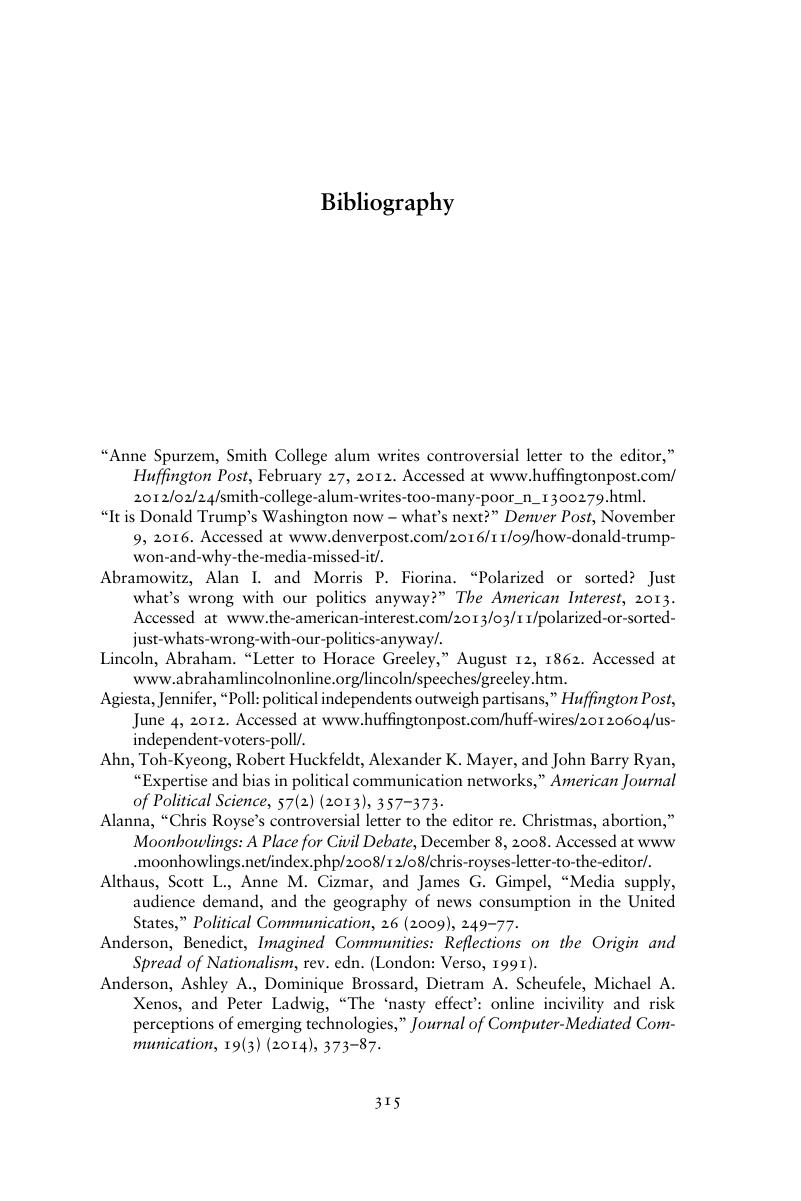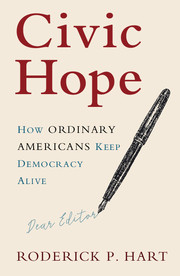Book contents
Bibliography
Published online by Cambridge University Press: 27 April 2018
Summary

- Type
- Chapter
- Information
- Civic HopeHow Ordinary Americans Keep Democracy Alive, pp. 315 - 344Publisher: Cambridge University PressPrint publication year: 2018



